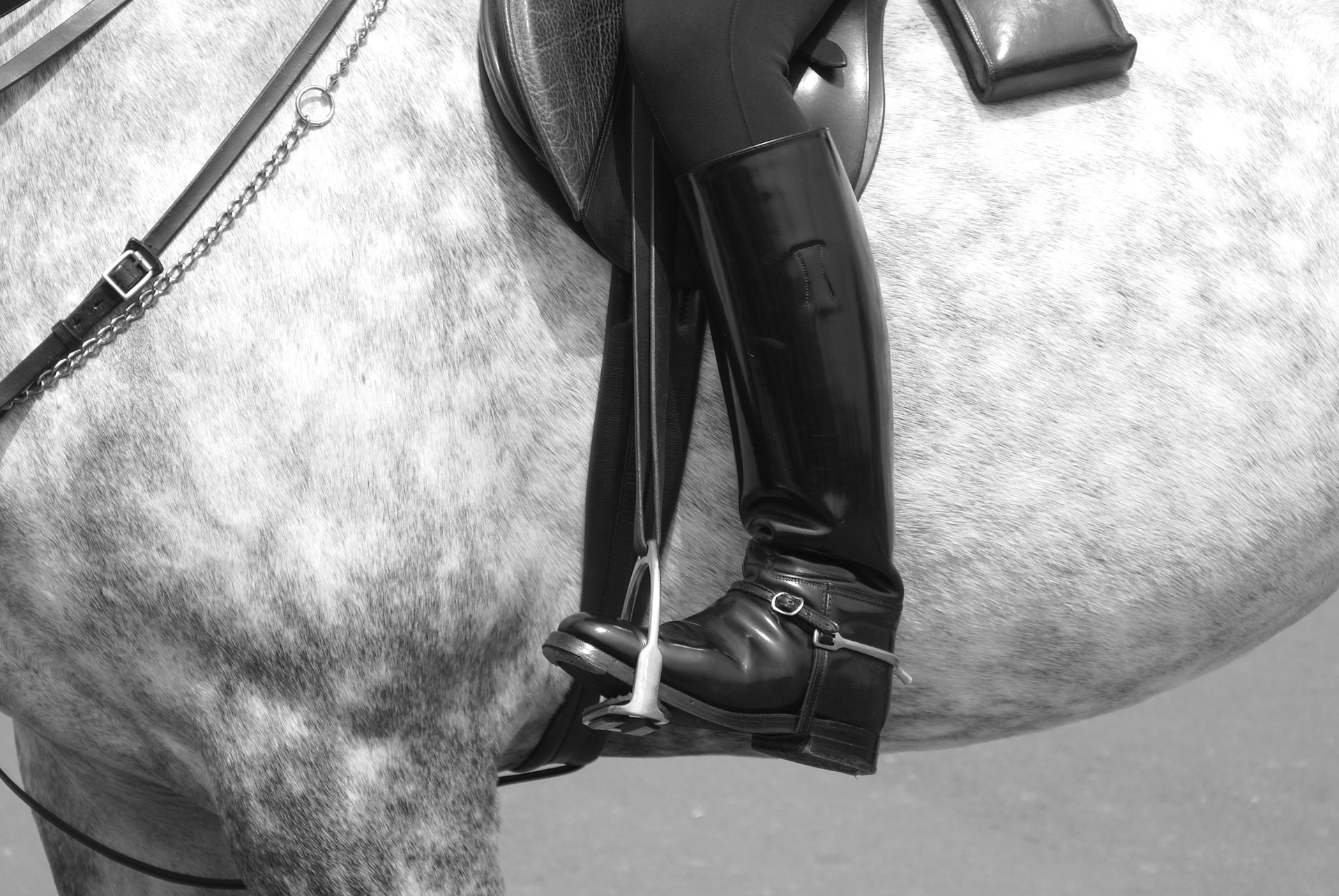Some years ago I was given the responsibility for taking a cache of legal documents from the Wellington offices of Weatherby’s, the administrative arm of British racing, to the British Racing Museum at Newmarket. The material related to one of England’s major racing scandals, the 1844 Derby in which the result of the race was changed some weeks after the race had been run. The ‘winner’ Running Rein was disqualified as it was demonstrated that the horse carrying his name was actually an animal called Maccabeus, but, worse still, was a four-year-old, somewhat of an advantage in a race supposedly restricted to three-year-olds.
Two weeks later a similar case of an over-age horse winning a major race occurred at Ascot when Bloodstone, winner of the New Stakes for two-year-olds, was revealed to be a year older than the animals it had beaten. Although no such deception appears to have been tried at Newmarket itself, the headquarters of British racing, that it was being attempted at elite meetings suggests that the racing stables were in need of cleansing. In both instances the Jockey Club stood back and allowed objectors to the race results to go to law to obtain satisfaction. A special meeting was called at which a series of resolutions were passed intimating that in future the Club itself would prosecute in all cases where fraud was intended as such offences were ‘calculated to inflict an injury on the Turf by bringing racing into disrepute, and… deterring honourable men from entering into competition in which they run the risk of being encountered by such dishonest rivals.’
The threat has not prevented further corruption. On the first morning in December 1982 a horse called Mr Lucky was quoted in the Sporting Life, widely regarded as the most authoritative racing information system available in the press, as an 8/1 outside shot to win that day at Newton Abbot. Yet so much money went on the horse that in the afternoon it ran (and won) as an 11/4 favourite. Mr Lucky? Or did someone know something? There was nothing in the form book to suggest that the horse had a good winning chance. In six previous races it had failed to finish in the top four places, presumably because the stable had prevented the horse running on its merits. This time somebody knew that the horse was to be allowed ‘free rein’ and made use of that insider knowledge to place bets at the forecast opening price but this forced the price down for the ordinary punter away from the track who had to accept the starting price. Such use of insider information is not fool proof. The win cannot be guaranteed but the stable and its connections would be aware of the perceived quality of the opposition and know that their chances of winning were shorter than had been forecast in the Sporting Life.
This was not a one-off incident. An examination by Professor Nick Crafts of every race in Britain between 11 September 1982 and 8 January 1983 found that 2,280 out of 16,769 runners (13.6%) exhibited a ‘marked’ [a ratio of a change in probability of winning of over 1.5:1] difference between the morning forecast price and the actual starting price. Some of these would be in a negative direction as those in the know bet on horses other than the ones that were not being run on their merits. Of course not all the others would turn out as winners. All that the data suggest is that there was potential for profitable insider trading by those with superior knowledge (not publicly available) of the real probabilities and that such betting practices were a common occurrence in British racing.
For the Record
The 2016 Brickell Report noted that the British Horseracing Authority was one of the few sporting authorities with the willingness and ability to investigate and prosecute betting-related corruption and had a track record of bringing corruption cases to successful prosecutions.







